Why Global Lit? Interview with Lucine Kasbarian
This post may contain affiliate links.
I recently had the opportunity to interview Armenian-American author Lucine Kasbarian, author of a new children’s picture book, The Greedy Sparrow: An Armenian Tale about multicultural literature and ethnic diversity.
Melissa: Can you talk about the importance for parents and teachers to read multicultural children’s books with their children?
Lucine: More than ever, Americans have new immigrant neighbors in the towns and cities in which we live. In fact, in 2010, the United States lawfully admitted more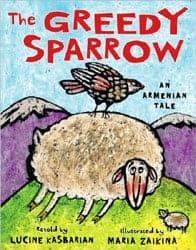 than 700,000 immigrants, according to the U.S. Office of Immigration Statistics.
than 700,000 immigrants, according to the U.S. Office of Immigration Statistics.
Shouldn’t we get to know these new citizens and the cultural practices they bring with them? Doing so is not only courteous, but also interesting! Reading and discussing multicultural books is one way to help our children welcome and better understand our new neighbors, step outside the familiar, and gain a more global perspective.
Many multicultural books are written by and about those who are part of an ethnic minority group. Such books often touch on cultural and social practices that are outside the American mainstream or from another part of the world. These stories can help us develop greater awareness for those who are different, and to appreciate those differences. Reading world literature also gives us a chance to enter an exotic culture, or journey to a foreign land without leaving home … or paying airfare.
It’s enriching to learn about other traditions and civilizations, many which are thousands of years old. In fact, many are much older than the comparatively young U.S.A., which turned 235 years old in 2011! Interestingly, aside from the Native Americans, Alaskans and Hawaiians, the United States is made up of citizens whose ancestors, at some point, came from somewhere else. Sometimes we forget that most of us, not just the newcomers, are products of immigrants.
Melissa: So, true! I remember when multicultural awareness was more en-vogue but now I feel like it’s gotten neglected and it shouldn’t be. Tell us more about why is it so important for us to teach our children about other cultures.
Lucine: For years, pundits called America a “great melting pot,” where the many races, religions and ethnicities of the world were thought to come together, or assimilate, to form a single identity. However, the process of creating a melting pot, or “people stew”, gave the impression that the ingredients, or diverse peoples, had to lose their distinct features in order to blend or fit into American society. Educators nowadays call the plurality in America a “salad bowl” rather than a “melting pot” because the salad bowl analogy better reflects the reality of our American society. In a salad, the ingredients, or diverse peoples, with their unique identities and flavors, fall in together, or integrate. Yet, these ingredients retain their special characteristics, that is, they acculturate, while at the same time contributing to a delicious meal that tastes different as a composite whole than the individual ingredients taste all by themselves. The best outcome of integration with acculturation is a rich, peaceful coexistence of peoples who contribute what is best about their cultures to what collectively makes America great and like no other country on earth.
Melissa: Did your own childhood play a role in your decision to write the story of The Greedy Sparrow?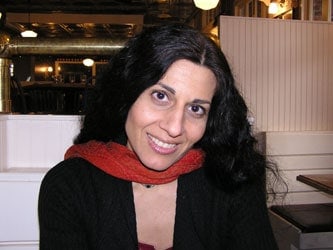
Lucine: Growing up in America as the grandchild of genocide survivors/refugees, I lived in two worlds and often did things in duplicate. I had my American life, where I went to public school and took part in ballet class, my school chorus, and the school track team. I also had an Armenian life where I went to a Saturday Armenian school and took part in Armenian folk dance classes, an Armenian chorus, and sports with an Armenian-American youth organization. I enjoyed my dual identity and loved introducing my American friends to my Armenian culture. As an adult, I still enjoy doing it, often by writing about it. And as a product of genocide, I feel strongly about preserving my Armenian heritage, which could have become extinct.
In high school, my closest friends were Americans of Russian, Greek, Indian and Persian descent. Some peers called us the United Nations. Being part of an ethnic minority naturally made me curious about the other cultures of the world, and embracing diversity was fun and genuinely interesting to me. It certainly contributed to my love for travel, foreign languages, world music, folk art and international cuisine!
Melissa: What a rich childhood!
Before you go, can you share your favorite multicultural resources for parents and educators?
Lucine: Here are eight superb resources that celebrate ethnic diversity in children’s books:
Cynsations. A member of the Muscogee Creek Nation, award-winning author Cynthia Leitich-Smith writes fiction for children centered on the lives of modern-day American Indians. Her widely-visited blog is a source for conversations, publishing information, writer resources, bookseller-librarian-teacher appreciation and news in children’s and young adult literature.
Mitali’s Fire Escape.Mitali Perkins was born in India and immigrated to the States with her family when she was seven. Another award-winning author, Mitali writes about cross-cultural and immigrant experiences. Her blog provides a safe place to chat about books between cultures.
Multiculturalism Rocks!Produced by Nathalie Mvondo, a Cameroon-born children’s book writer now living in California, this blog celebrates multiculturalism in children’s literature and the people who make it happen. Nathalie believes that multicultural books are a wonderful source of information, provide great escapism, and even promote world peace.
Paper Tigers. A website about books in English for young readers, Paper Tigers embraces multicultural books from or about anywhere in the world, with a particular focus on the Pacific Rim and South Asia. The blog section provides news and views on multicultural and international books and world literacy, recommends read-alouds and offers a monthly calendar of children’s literature events.
The Pirate Tree.The Pirate Tree is a collective of children’s and young adult writers — Ann Angel, Nancy Bo Flood, Lyn Miller Lachmann, Peter Marino and JL Powers — who are interested in children’s literature, multicultural topics, and social justice issues. They review books and interview authors who specialize in these genres.
The Saffron Tree. A brainchild of Praba Ram, the Saffron Tree collects and presents an eclectic mix of children’s books primarily from India and the U.S., plus a host of others from around the world. This blog’s aim is to enable children to connect with their cultural roots as well as help them understand and appreciate other cultures.
There is a recurring Multicultural Children’s Book Festival organized by the Kennedy Center in Washington, D.C. that is always worthwhile.
Readers may also consult an article called “50 Multicultural Books Every Child Should Know” produced by the Cooperative Children’s Book Center of the School of Education at the University of Wisconsin.
# # #
The Greedy Sparrow retells a centuries-old folk tale about greed and its consequences while showcasing the native Armenian landscape, traditions and customs. This tale, retold in English, was passed down to Kasbarian orally — through the generations of her family — in a now-endangered Armenian dialect.If a child you know would like to submit his/her very own review of “The Greedy Sparrow” for Kids Corner Reviews, please “like” Lucine’s author fan page on Facebook & email the child’s name/address to editor@lucinekasbarian.com by Thurs, June 30. The first name chosen from Lucine’s wizard hat will get a free, signed copy of her book. Activity & discussion guide for The Greedy Sparrow.
Melissa: Thank you so much, Lucine. You’ve given us amazing resources and we wish you continued success with your new book, The Greedy Sparrow!
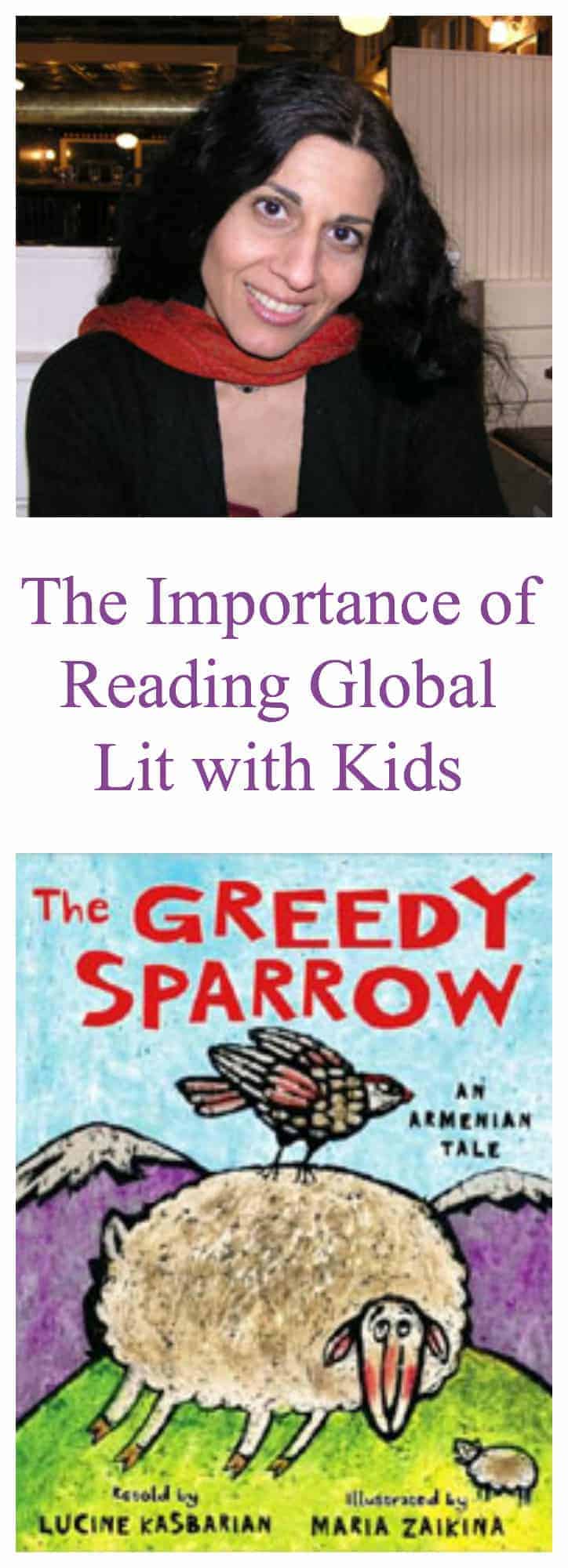


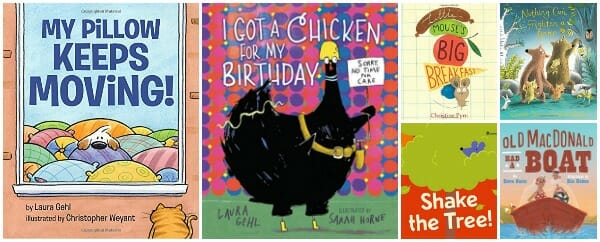

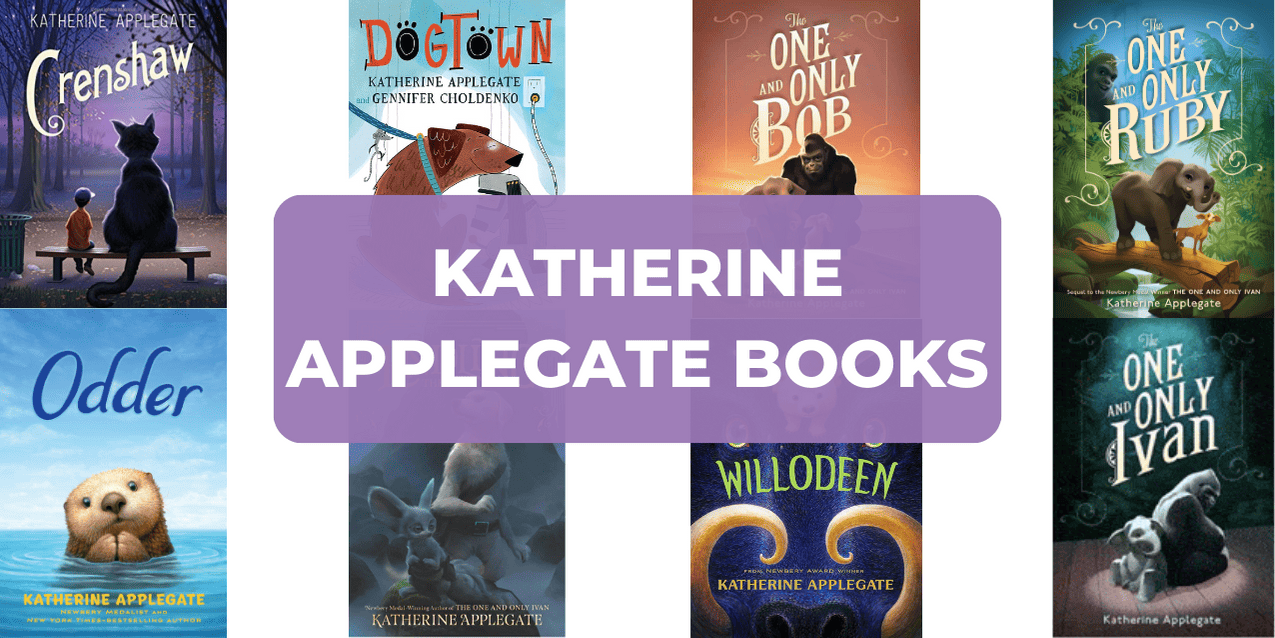


Some truly interesting information, well written and
generally user genial.
I have read so many articles or reviews regarding the blogger lovers however this paragraph
is in fact a nice article, keep it up.
I was so glad to see this post as I have “caught up” on some blog posts made while I was on vacation. Reading Is Fundamental is in our fifth year of a Multicultural initiative where we are working to promote more access to multicultural literature for children. We are basing our work on the paper “Mirrors, Windows, and Sliding Glass Doors” by one of our Literature Advisory Board members, Rudine Sims Bishop of The Ohio University (http://www.rif.org/us/literacy-resources/multicultural/mirrors-windows-and-sliding-glass-doors.htm). You can read more about the overall initiative at http://www.rif.org/us/literacy-resources/multicultural.htm. I hope anyone with ideas for us will share those with us!
Carol Rasco
President
Reading Is Fundamental
thanks for sharing those links, Carol. You are doing such great things at RIF!